When I brought the camera closer to take a picture of the greenery that thrives in my backyard, at that moment the scent rushes through my breath with its strong scent. Fragrant! But that's not all, it's fragrance is also refreshing and comfortable. No wonder, from the references I read, it was said, it tasted like cloves.
Although I have often eaten the leaves, and felt the fresh effect in my mouth, but it would be a shame if I say, this is the first time I smell this plant directly from its soft stalk. It grows in my backyard, and is under the direct control of the female commanders in my house. I only dared to approach there when I already had their permission.😊
Because this plant is close to me, and I also enjoy it very much, so I will review a little about the things that interest me about this plant according to what I find from several reading sources, and what I have observed.
About name
This plant in English is called Basil. Its scientific name is Ocimum basilicum. It is interesting to me about the etymology of this name in that it is said that this name comes from Latin, basilius, which means royal plant (source: Wikipedia). From the name, it shows that it is a prestigious plant. I never thought that this plant growing in my backyard would ever receive such high appreciation. That is because, as said, it is possible, that it has been used in the production of royal perfumes (source: Wikipedia). But the ones in these pictures are Kemangi or Selasih (Aceh: Seulaseih; a local name that is usually also known for one type of betel), Asian basil which is a hybrid of Ocimum basilicum and O. americanum (source: Wikipedia).
About distribution
When I look at the Kemangi plant in my backyard, which immediately comes to my mind, this plant doesn't seem difficult to grow. According to information from one of the most powerful women in my house, after the seeds were sown several years ago, they continue to grow and never stop. I guess, it must be because this place is one of the habitats. That said, it is indeed native to India and other tropical regions, but now, it is being cultivated globally! 😦 (source: Wikipedia).
Leaves and flowers
About Kemangi leaves and flowers, these pictures can definitely describe it to you, or we can read the description on Wikipedia too. But what is interesting for me to note here is something that has to do with the information that the plant continues to grow and never stops in my backyard. What is the reason?
As it turns out, if the basil leaves are not picked, and the plants continue to grow tall - in my backyard, some grow to more than 100 cm - then the stems produce flowers, and hence, the production of leaves stops on those stems, and the stems become woody . Then, the flowers produce pods that contain tiny black seeds, and that is what will become the seeds for the next and next growing plants in my backyard! (check out about this at: cultivation of this plant on Wikipedia).
Lastly, Lalap and health
Lalap is a word in Indonesian which means vegetables that are served and eaten raw (similar to a salad) with rice, fried chicken or others. And Kemangi, is one of the vegetables of what is called Lalap. Apart from eating Kemangi as a Lalap, the fragrant leaves are also mixed in the typical fried rice here. The aroma and taste of fried rice become more savory and fragrant.
To me, the leaves are very delicious because they are like they can clean all the odors that stay in the mouth after eating foods like fish, chicken, eggs, onions or other kinds of smelly food. However, after reading the article on Medical News Today, I just realized that the leaves of this plant provide many health benefits, especially, as it says, it can alleviate stress, anxiety, and depression. This is an important point for me, which will definitely encourage me to consume more and more of the leaves of this royal plant. 🙂
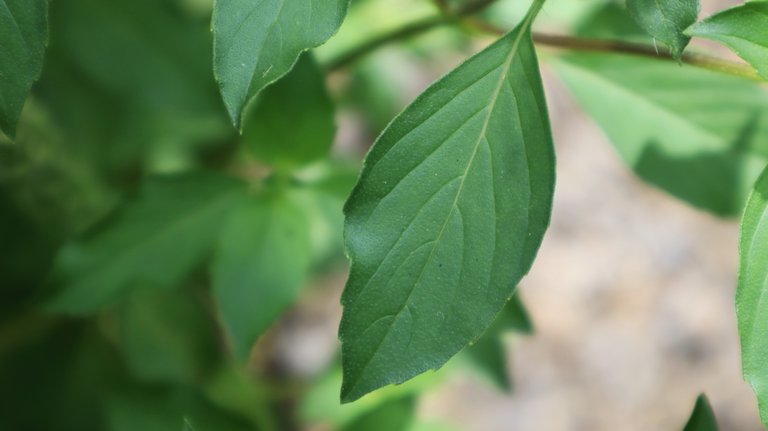
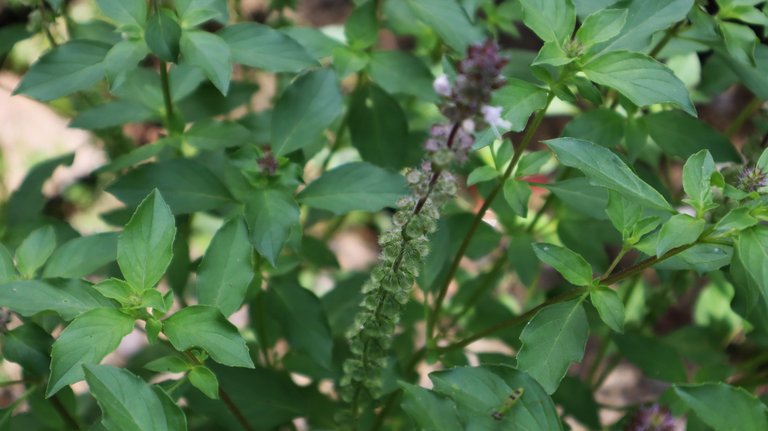
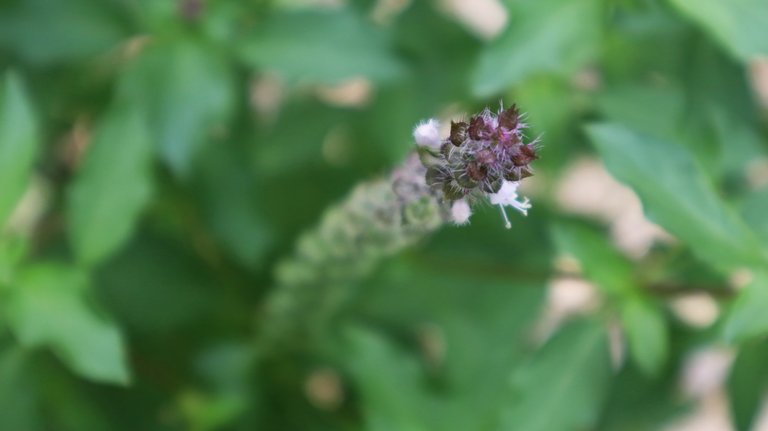
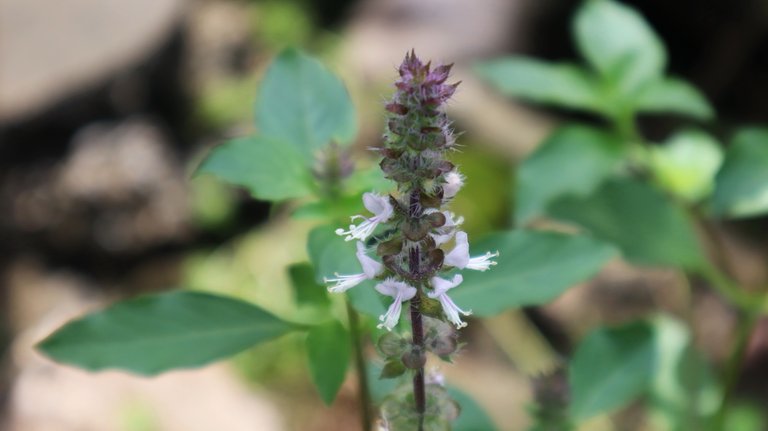
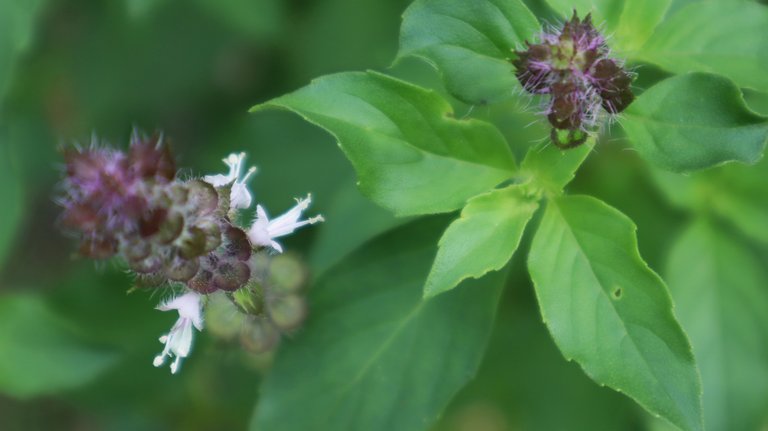
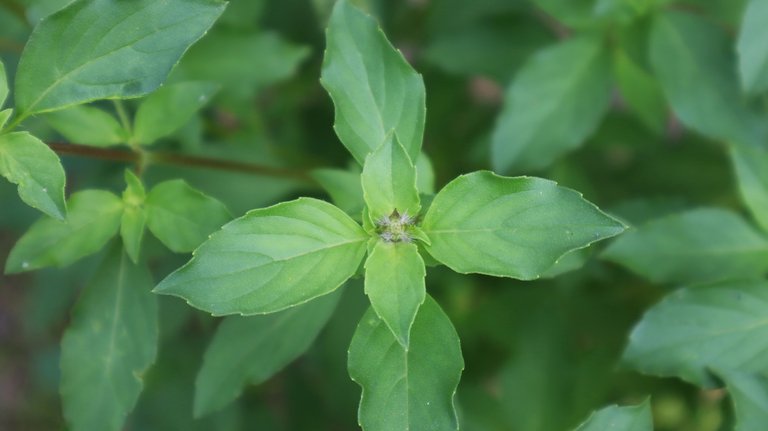
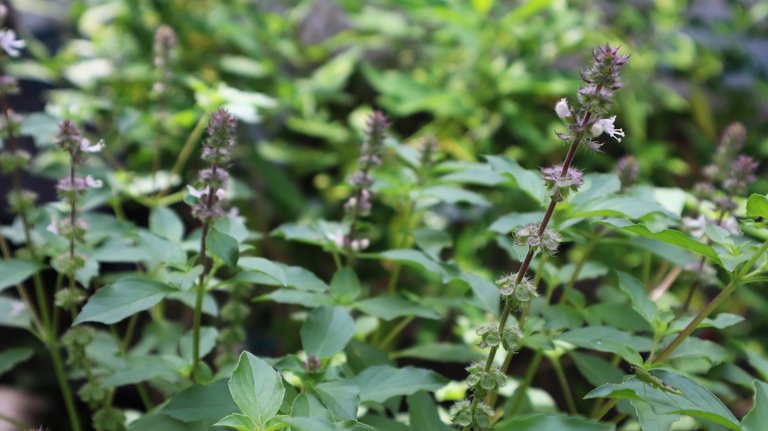
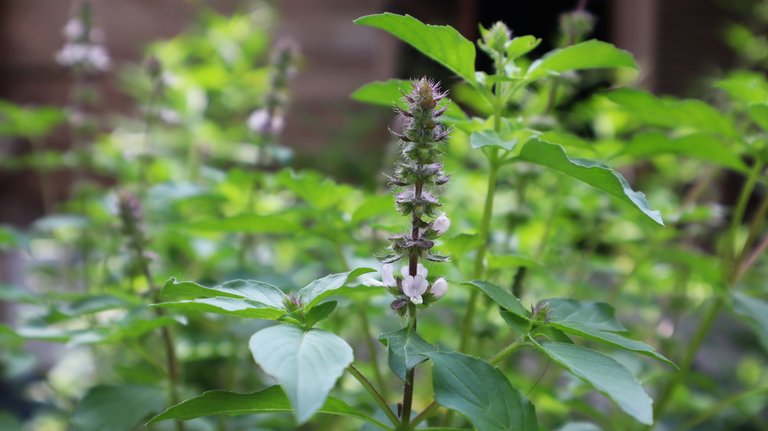
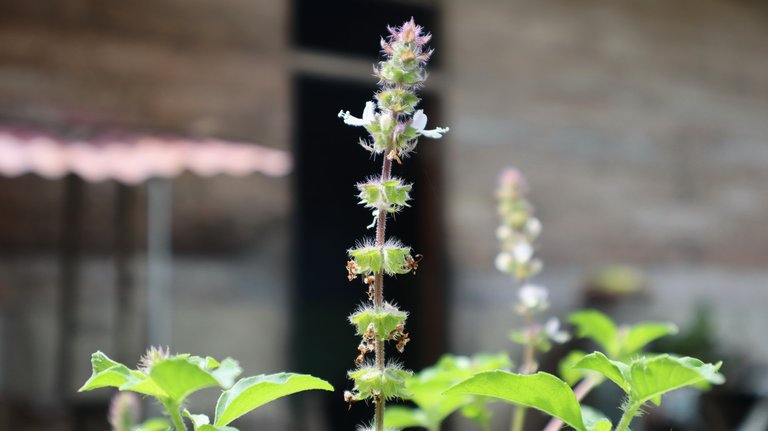
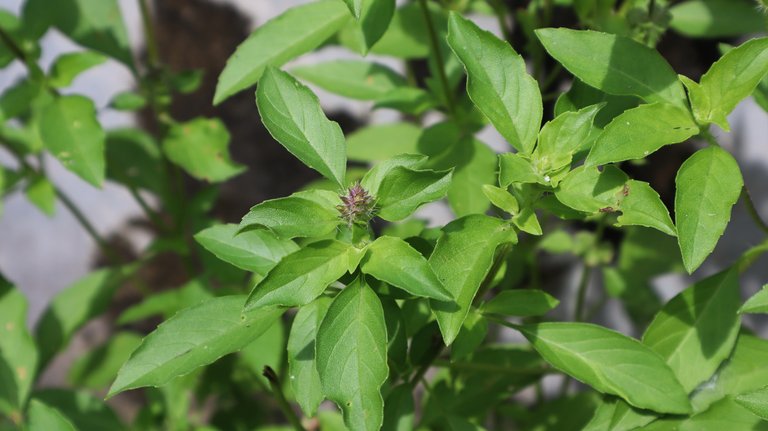

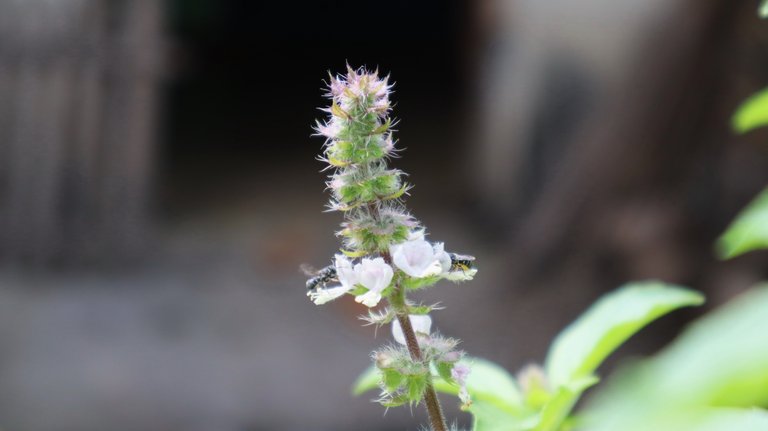
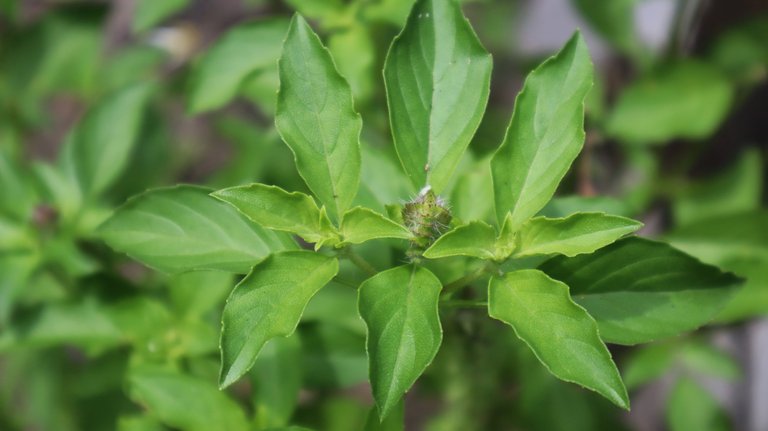
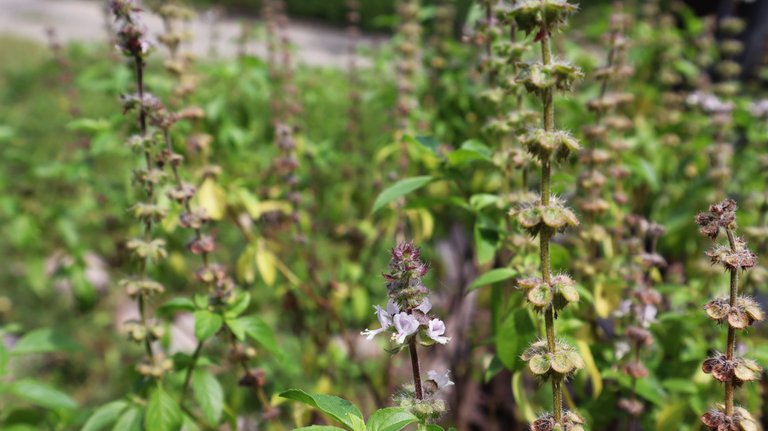
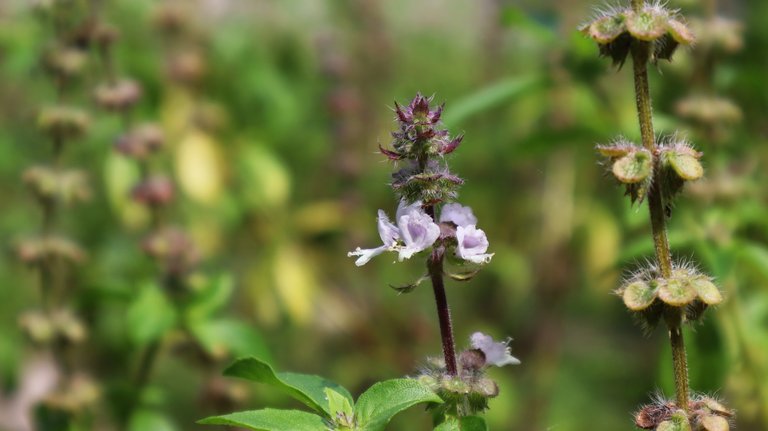
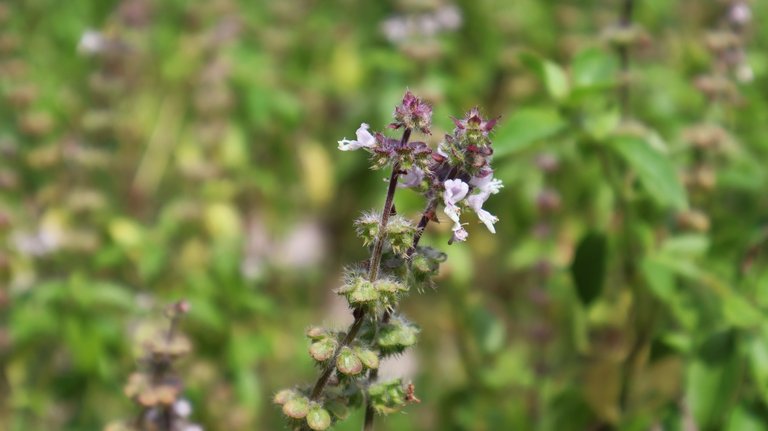
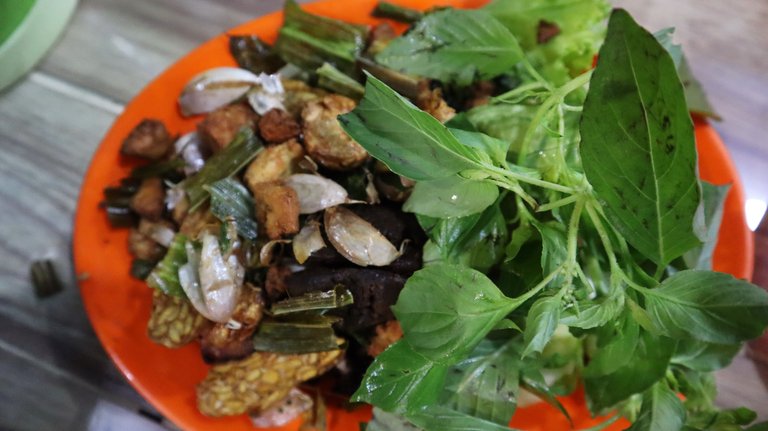
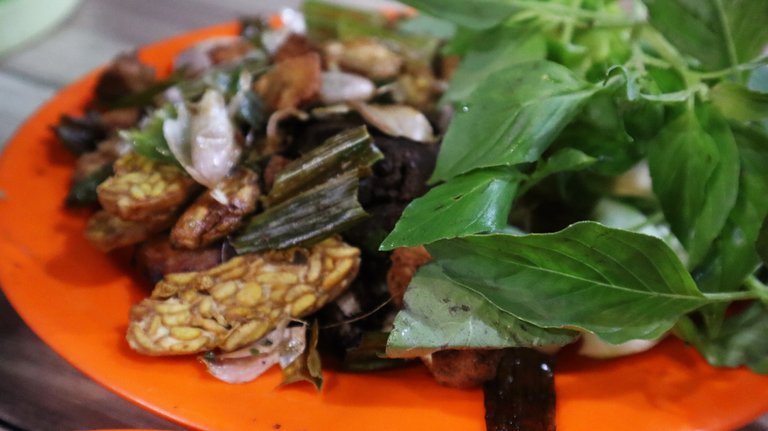
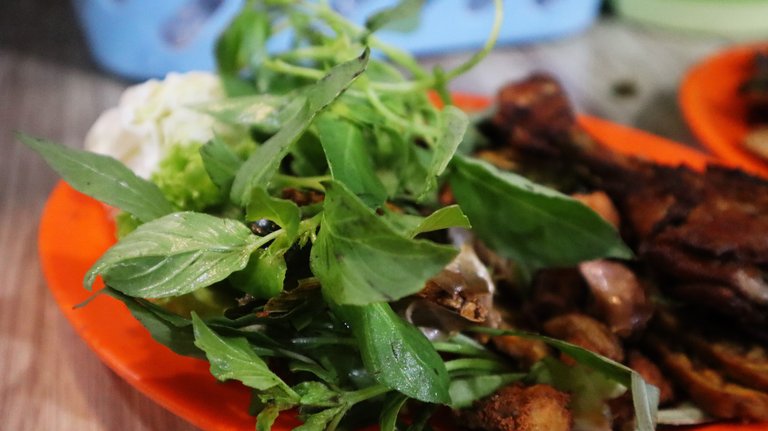
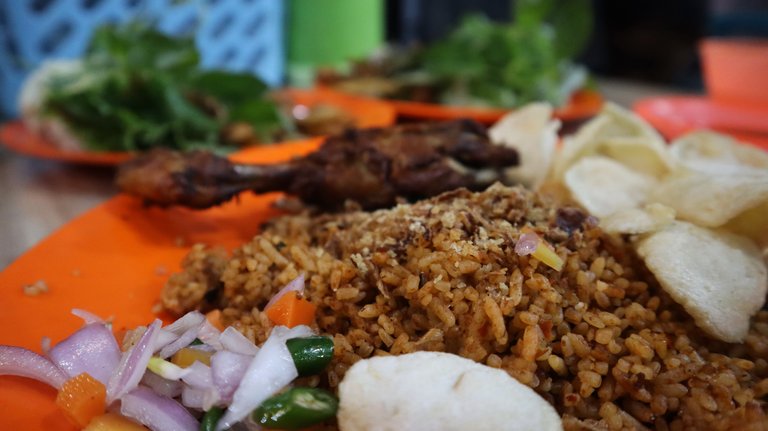

Curated for #naturalmedicine by @JustinParke.
Asian basil is something my family and used to eat every day in Cambodia. Now here in Suriname, it's nearly impossible to find, and realize how crucial of an ingredient it is in our foods. Thanks for sharing this informative post with us @keuudeip.
Your post is featured in our Lotus Love Sunday Editorial - Physical Health, Mental Health, A Little Herbalism, & Paying Life Energy Forward
Earn Instantly For Writing Natural Health Content
Earn LOTUS and HIVE rewards for sharing your natural health content on www.naturalmedicine.io. If you don't already have a HIVE account, you can sign up for
FREEhere. We support writers sharing about herbalism, TCM, yoga, meditation, vegan and other healthy diets, as well as earth centred practices such as foraging, permaculture and biodynamics - read more about us on our Welcome Page!DelegateIICommunityIIDiscord
It's great to get replies from you and from the community that I love. Really appreciate that.🙏 And sorry if I rarely post to the community, it's only because I can only post if I only get themes that really fit. Thank you very much! Have a great day.🙂
Congratulations @keuudeip! You have completed the following achievement on the Hive blockchain and have been rewarded with new badge(s) :
You can view your badges on your board and compare yourself to others in the Ranking
If you no longer want to receive notifications, reply to this comment with the word
STOPCheck out the last post from @hivebuzz: